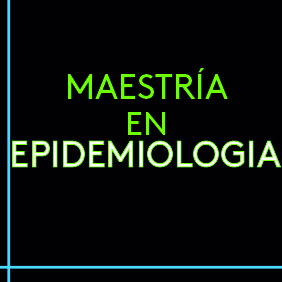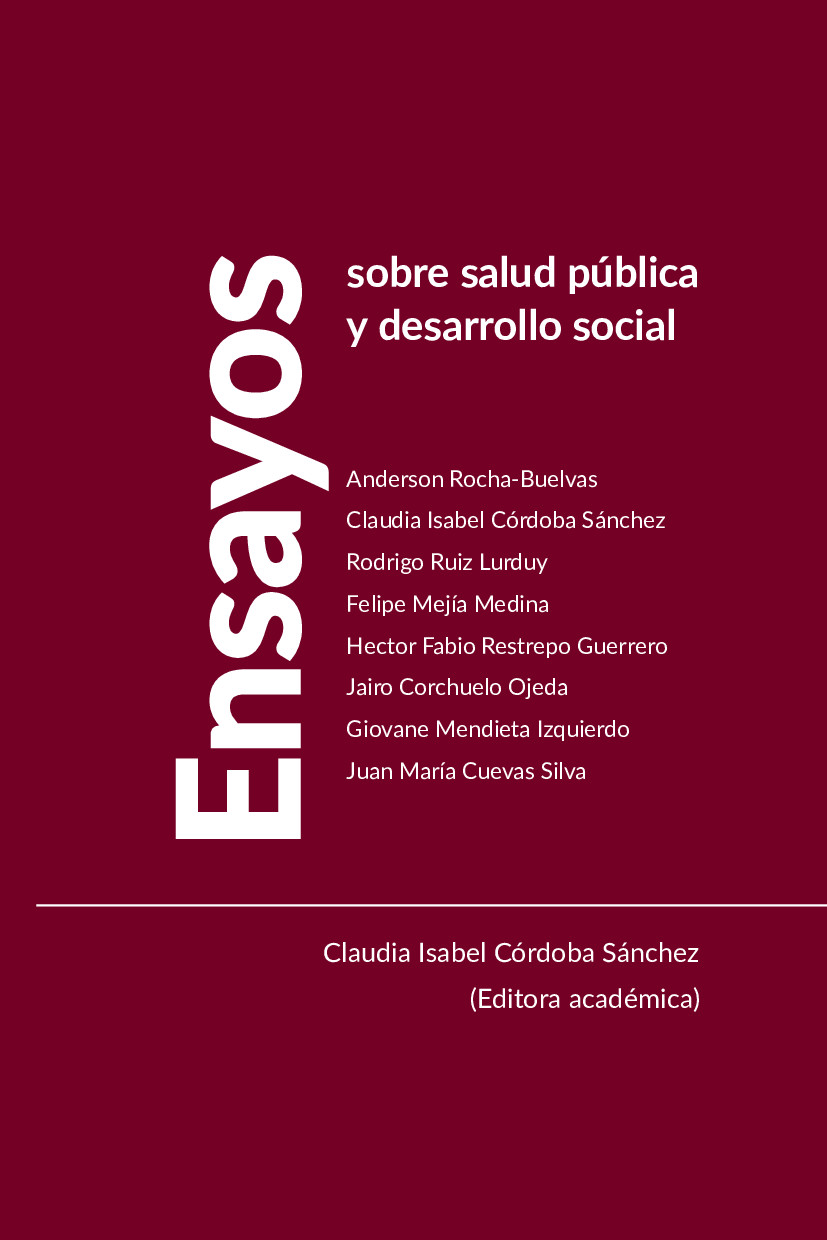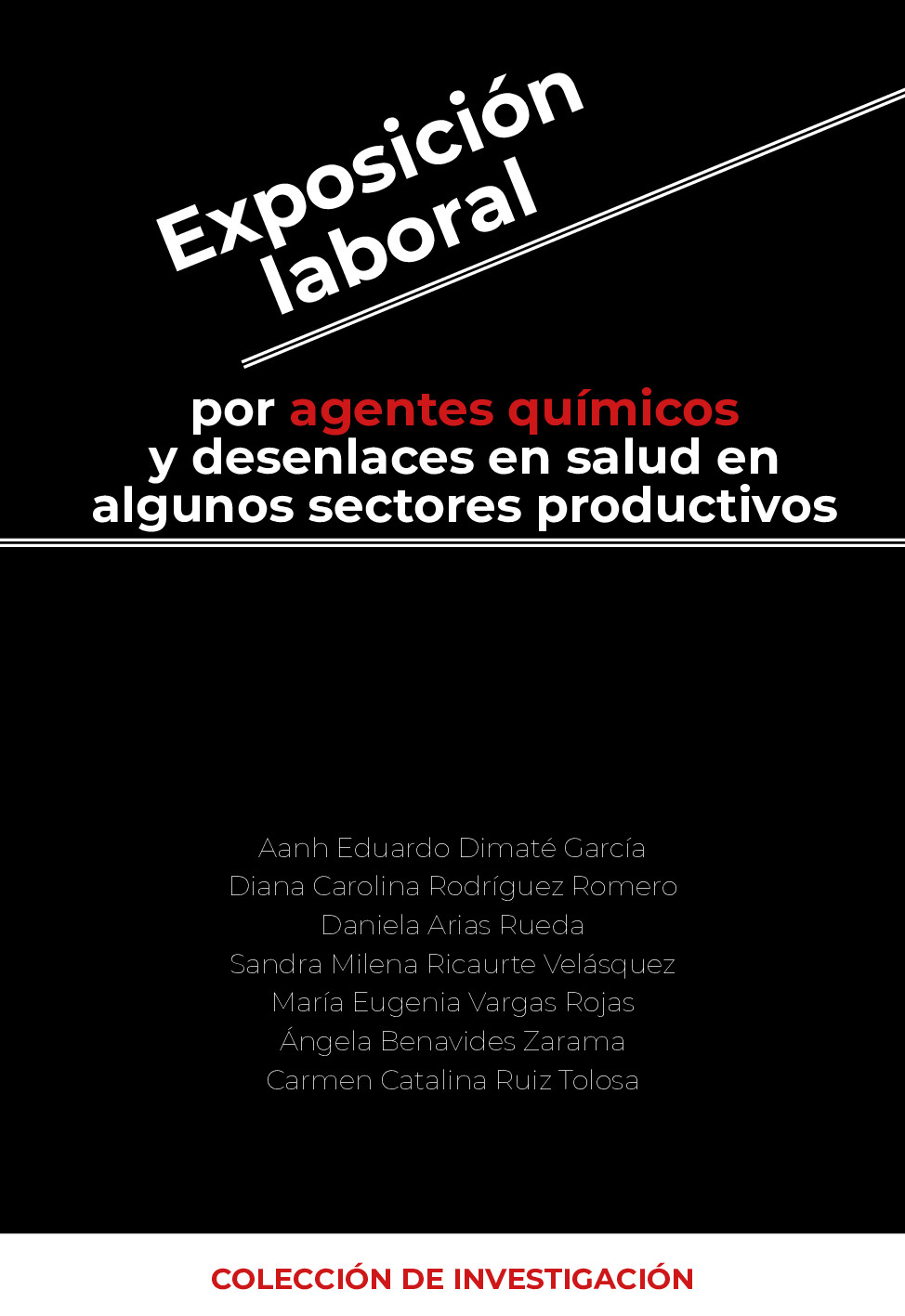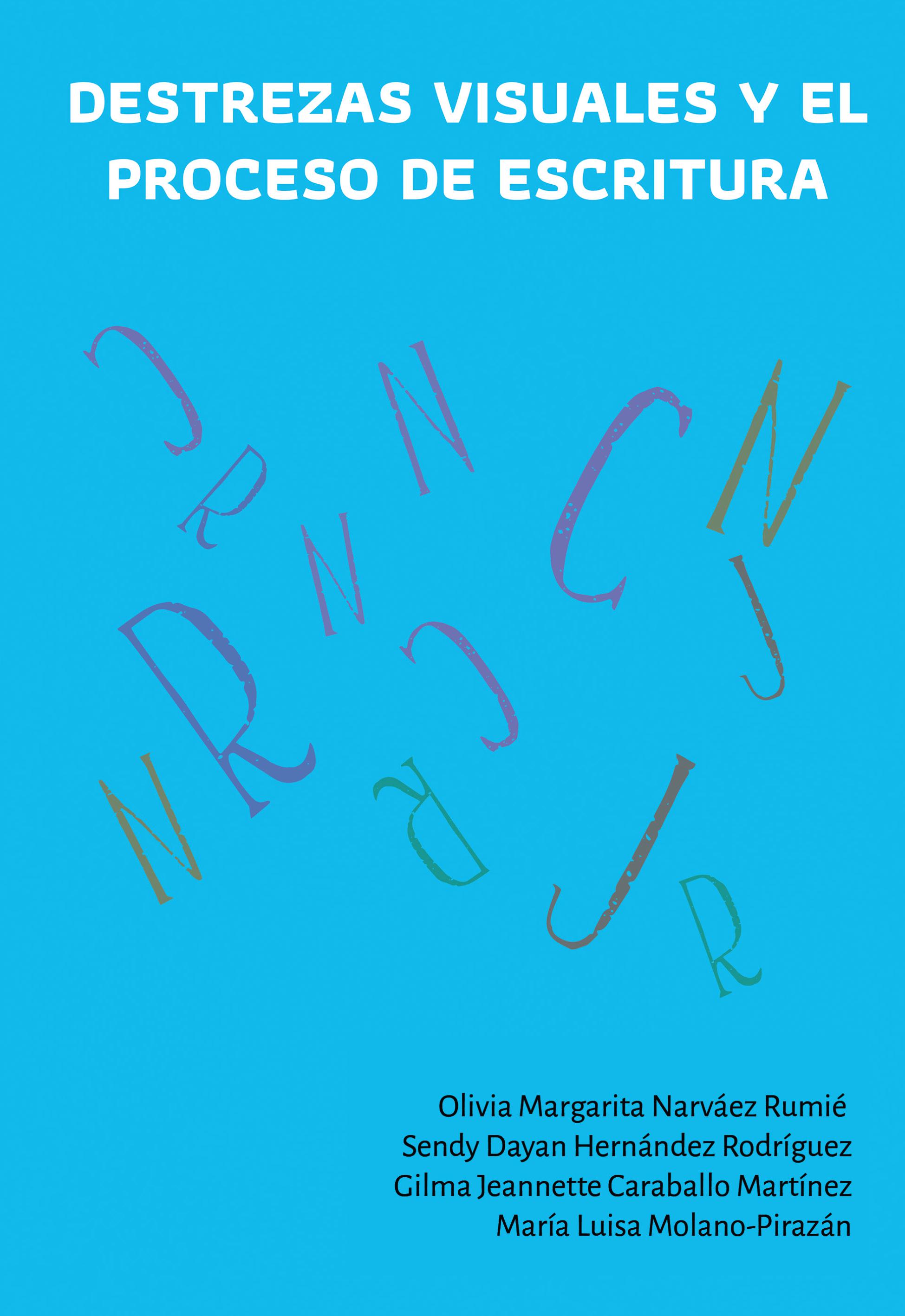Abstract
Introducción: el mayor nivel de agresividad en los seres humanos se presenta de los 2 a los 3 años de vida. Este comportamiento tiende a reducirse con los procesos de socialización de la familia y la escuela, aunque en algunos casos con el ingreso a la escuela puede incrementarse. Los niños persistentemente agresivos hasta los 10 años, están asociados a condiciones de vida difícil, deserción escolar,precocidad en el inicio de la vida sexual, mayor número de parejas, consumo de alcohol y dificultad para graduarse. Existe evidencia que demuestra como al modificar el nivel de agresividad de niños y niñas, sus trayectorias de vida pueden cambiar. Métodos: el presente es una revisión sistemática de literatura que se realizó a través de las bases de datos, proquest, hinari, science direct, ovid. Conclusiones: el comportamiento agresivo es una característica que puede ser identificada y modificada su trayectoria para garantizar una mejor condición de vida de niños y niñas escolarizados
Abstract
Introduction: The highest aggressive level in human being shows up at the age of two or three years old. This behavior decreases with the family and school socialization. In some cases when they go to school for the first time it can improve, though. Children still continuously aggressive at the age of ten, are related with difficult life conditions, school drop out, early sexual life beginning, alcohol consumingand difficulties to graduate. There are evidences which show how aggressive children lives can change through out modifying their aggressiveness level. Methods: This assignment is a systematic revision of literature compiled through data bases, proquest, hinari, science direct, ovid. Conclusions: Aggressive behavior is a characteristic that can be identified and changed to guarantee a better life condition of school children
Key words: Agression, Child development, Emotion.
Licence
Authors should declare no conflicts of interest either for reasons of financing the project which is the result of the article; as well as intellectuals, academics, moral and investigative reasons.
The Journal of Andean Research is home to the ethical rules for publications issued by the COPE: http://publicationethics.org/resources/code-conduct

 PDF (Español (España))
PDF (Español (España))
 FLIP
FLIP

















